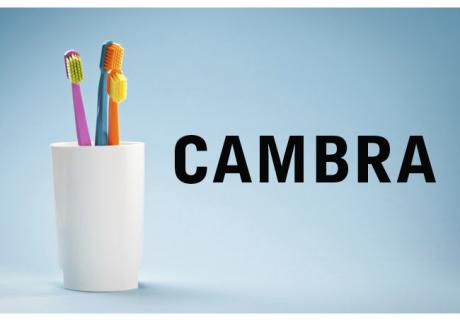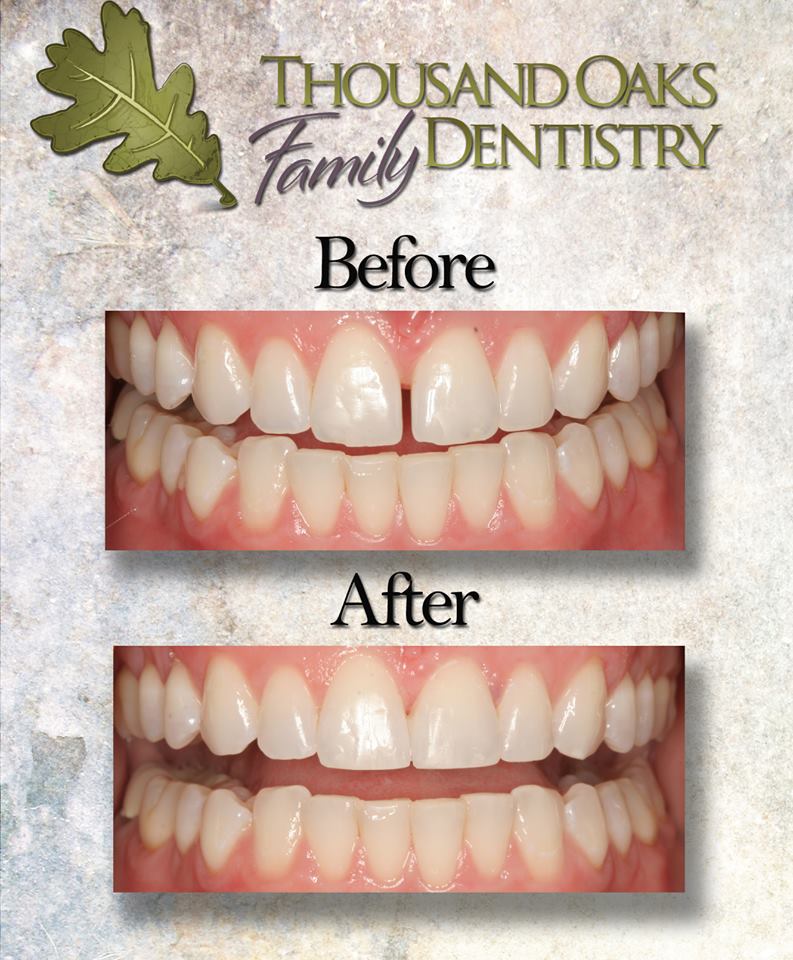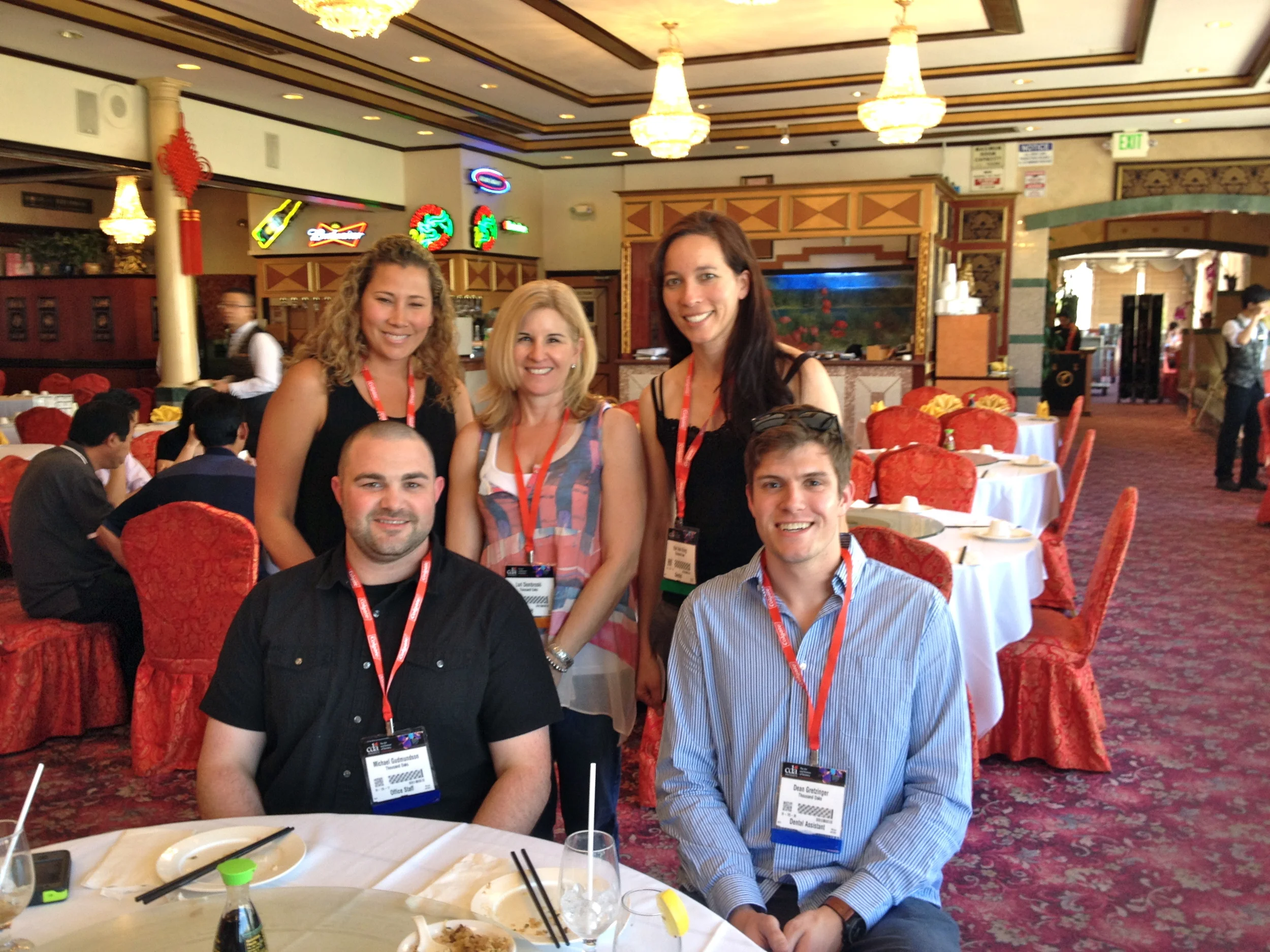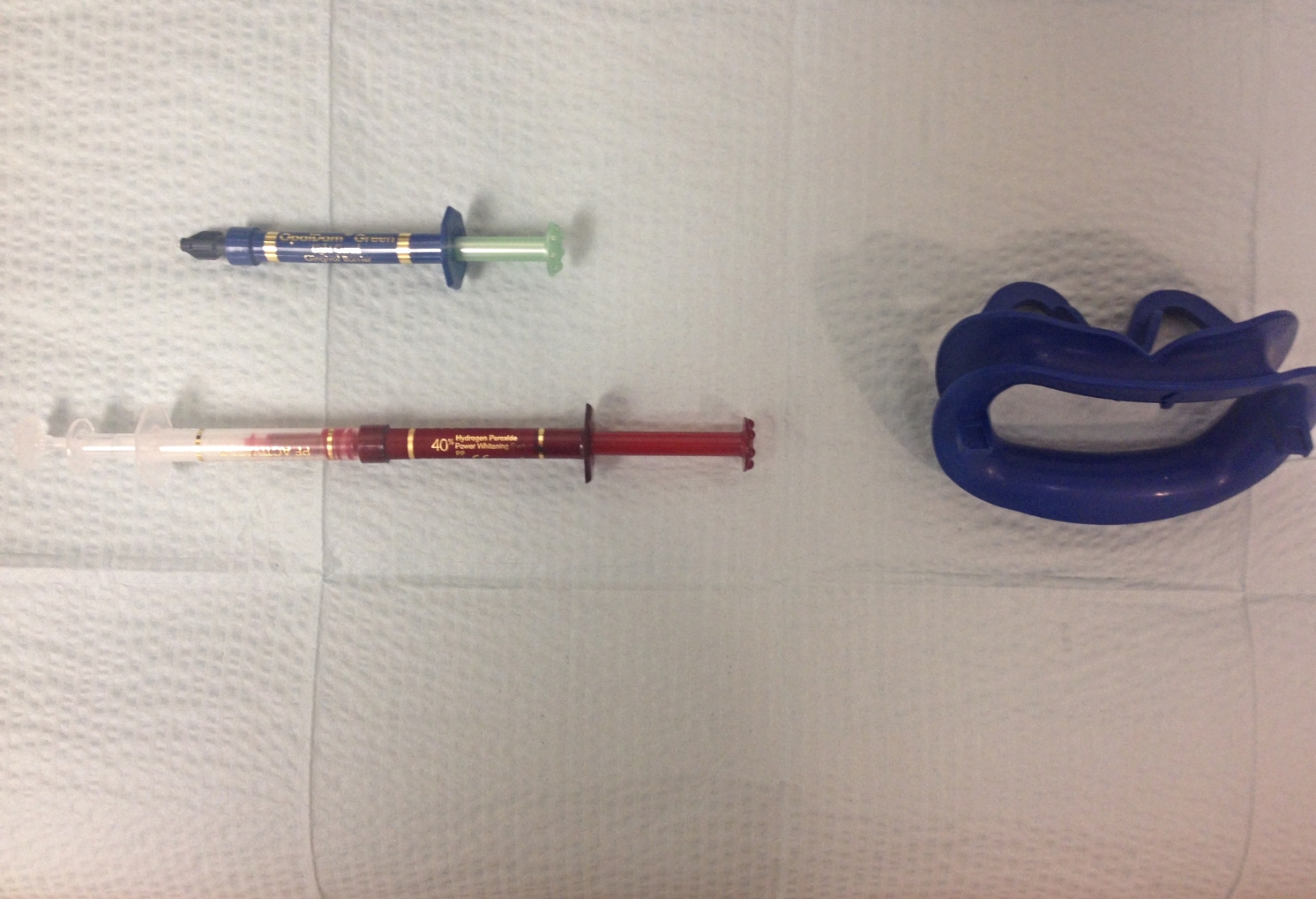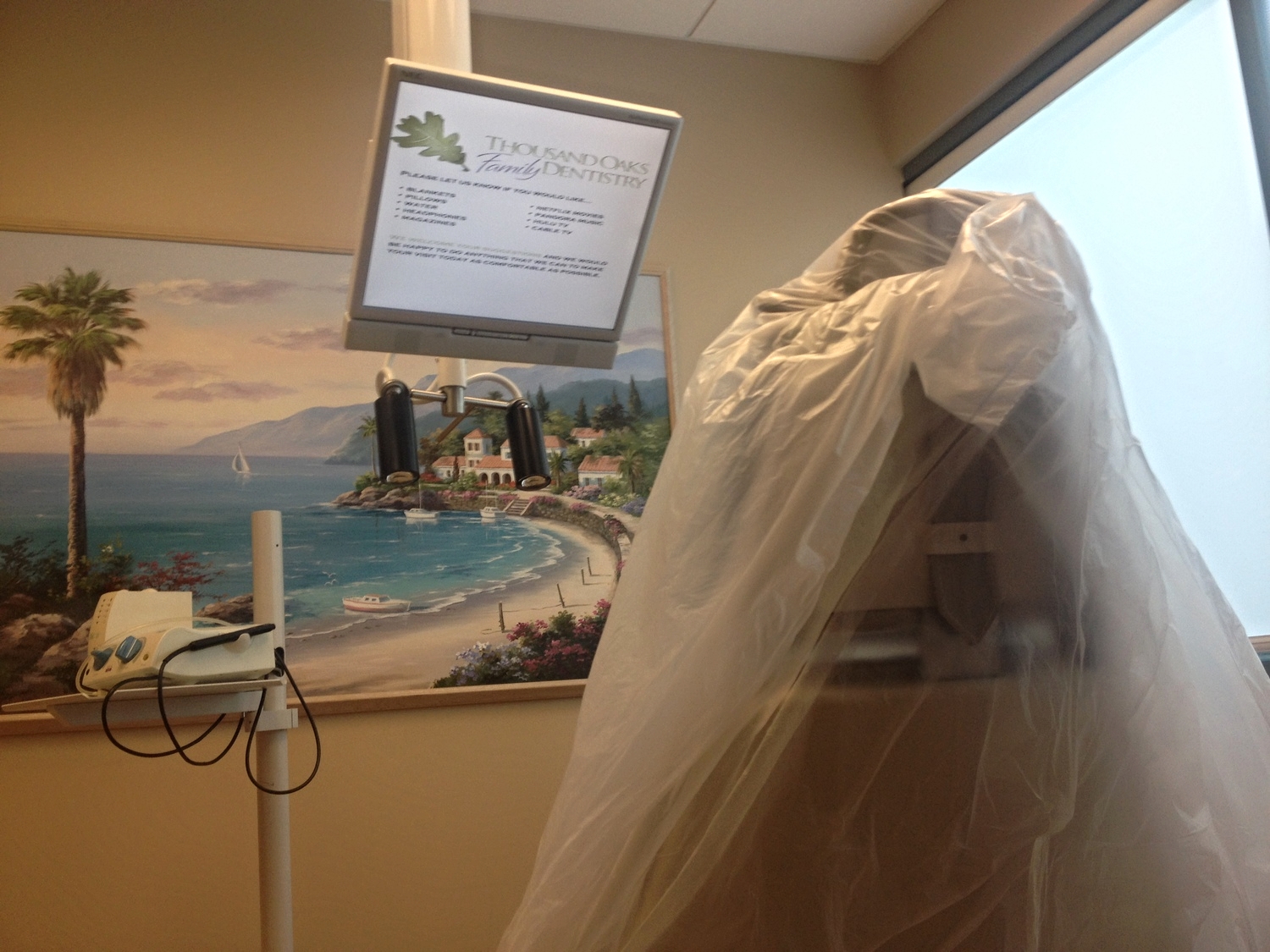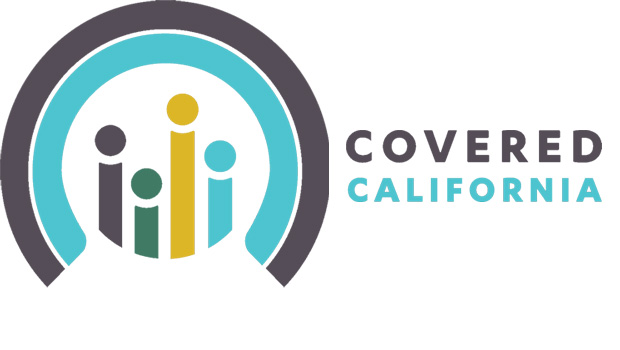At Thousand Oaks Family Dentistry, we pride ourselves in staying at the forefront of dental technology. Every time a product is release, redesigned or improved, we take care to review its merits and how it can benefit our patients. Sometimes, products need further research and development before they are ready for our office. Others show great promise in improving results, comfort or efficiency.
One of the most recent additions to our office is the latest Philips Zoom Whitening light and bleach system. While we have offered in-office whitening for many years, this update brings us to the forefront of bleaching speed and results. We are highly impressed with the research results and clinical data from this system and are proud to offer it to our patients.
Almost every bleaching system works via some form of hydrogen peroxide, and Zoom whitening is no different. However, this system combines a specific concentration of peroxide with a highly specialized activation light. This light aids in the bleaching process by adding mild heat and energy to the peroxide oxidation reaction.
Our fantastic new Zoom light along with new bleach kits.
Essentially, bleaching works by allowing peroxide penetrate deep into the tooth dentin and degrade the compounds that cause staining. The Zoom lamp enhances this process by making the peroxide more viscous and speeding up the oxidation reaction rate. The end result is whiter teeth in a shorter amount of time, versus bleaching sans light.
Zoom appointments typically take about 75 minutes from checking in to leaving our office. We start by seating you and getting you set up with TV/Netflix/music. Once you are comfortable, we use a special blocking material to shield your gums from any stray bleach solution. This step is crucial, as the ultra concentrated bleach can easily discolor and irritate soft tissue. After we have your teeth isolated, we start the actual Zoom treatment. Your teeth are “painted” with the bleach formula and the light is focused at your mouth. The actual bleaching time is split into three 15 minute sessions. After your third session, we take out the gum shielding, rinse the bleach, and send you out with your brand new smile!
Many patients are concerned about the potential sensitivity associated with in office bleaching. This pain arises from microtubules within the teeth opening, which allows the peroxide to penetrate deep into the tooth. Unfortunately, these open tubules also allow sensitivity to air, cold temperature and even the bleach solution itself. Without prior whitening experience, it is difficult to predict how you will personally respond to Zoom bleaching. However, we have great methods and procedures for minimizing any discomfort you may feel.
In short, Zoom whitening provides beautiful and long lasting results in a single office visit. If you are interested in this service, or any of our other cosmetic procedures, please schedule an appointment with our office.
Additionally, feel free to take a look at the Zoom webpage FAQs for more information:
www.zoomwhitening.com/en_us/teeth_whitening_faq






